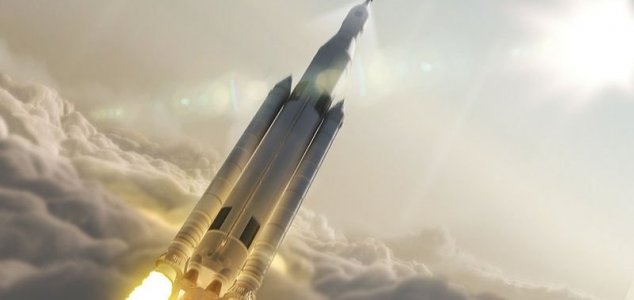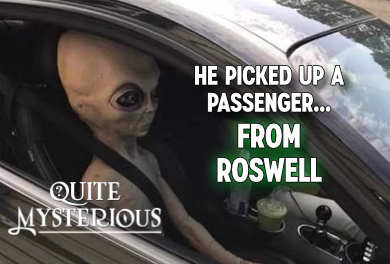Space & Astronomy
May 15, 2017 · 8 comments
8 comments

A new age of manned spaceflight is almost upon us. Image Credit: NASA
This could soon be set to change however thanks to NASA's Orion Crew Vehicle and Space Launch System - two projects which when combined have the potential to take humans all the way to Mars.
The first integrated test flight of these systems, Exploration Mission 1, had been set to achieve a retrograde lunar orbit in 2018 with a crew of astronauts along for the ride, but now, following a renewed feasibility and risk-assessment study, the decision has been made to scrap the manned portion of the mission with the hope of launching EM-1 in early 2019.
The move is probably wise, especially given the number of delays that have occurred so far and the amount of time and funds that would have been needed to implement support for a manned crew.
The first manned test flight is instead likely to be the follow-up mission - EM-2.
Source: Tech Times | Comments (8)
NASA scraps manned Orion-SLS launch plan
By T.K. RandallMay 15, 2017 ·
 8 comments
8 comments
A new age of manned spaceflight is almost upon us. Image Credit: NASA
The US space agency has decided against placing astronauts aboard its new rocket on its first launch.
It has been almost 50 years since the last human set foot on the surface of another world and with the discontinuation of the Space Shuttle program back in 2011, manned space exploration has become limited to routine journeys to and from the International Space Station.This could soon be set to change however thanks to NASA's Orion Crew Vehicle and Space Launch System - two projects which when combined have the potential to take humans all the way to Mars.
The move is probably wise, especially given the number of delays that have occurred so far and the amount of time and funds that would have been needed to implement support for a manned crew.
The first manned test flight is instead likely to be the follow-up mission - EM-2.
Source: Tech Times | Comments (8)

The Unexplained Mysteries
Book of Weird News
AVAILABLE NOW
Take a walk on the weird side with this compilation of some of the weirdest stories ever to grace the pages of a newspaper.
Click here to learn more

Support us on Patreon
BONUS CONTENTFor less than the cost of a cup of coffee, you can gain access to a wide range of exclusive perks including our popular 'Lost Ghost Stories' series.
Click here to learn more
Computers, Gaming and The Internet
Russia and the War in Ukraine
Extraterrestrial Life and The UFO Phenomenon
Ancient Mysteries and Alternative History
Total Posts: 7,747,147 Topics: 323,693 Members: 203,472
Not a member yet ? Click here to join - registration is free and only takes a moment!
Not a member yet ? Click here to join - registration is free and only takes a moment!
































Please Login or Register to post a comment.